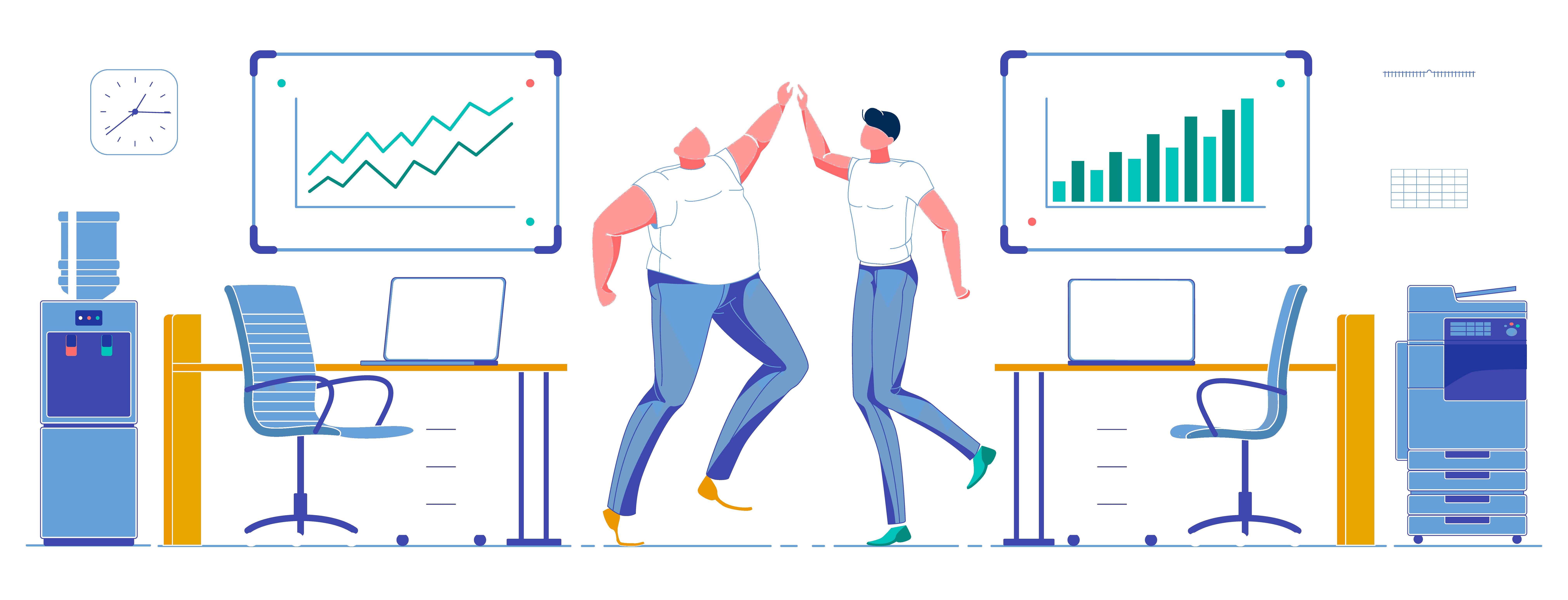Operating Margin
Asset symbol is not found or was delisted
We are unable to locate this entity at this time. If you believe the symbol you are trying to look up is valid, please let us know, and we will check it out. Check all delisted instruments across multiple markets.
Indicator Description
A good Operating Margin is required for a company to be able to pay for its fixed costs or payout its debt, which implies that the higher the margin, the better. This ratio is most effective in evaluating the earning potential of a company over time when comparing it against a firm's competitors.
Operating Margin shows how much operating income a company makes on each dollar of sales. It is one of the profitability indicators which helps analysts to understand whether the firm is successful or not making money from everyday operations.
Operating Margin | = | Operating IncomeRevenue | X | 100 |
Other Suggestions
| B | Barnes Group | Company |
| BANFP | BFC Capital Trust | Company |
| BBN | Blackrock Taxable Municipal | Fund |
| BAB | Invesco Taxable Municipal | ETF |
| BKX | KBW Bank | Index |
| BF | BF | Cryptocurrency |
| B5341FAB7 | KBCBB 5796 19 JAN 29 | Corporate Bond |
| BZUSD | Brent Crude Oil | Commodity |
Analyzing currently trending equities could be an opportunity to develop a better portfolio based on different market momentums that they can trigger. Utilizing the top trending stocks is also useful when creating a market-neutral strategy or pair trading technique involving a short or a long position in a currently trending equity.
Generate Optimal Portfolios
The classical approach to portfolio optimization is known as Modern Portfolio Theory (MPT). It involves categorizing the investment universe based on risk (standard deviation) and return, and then choosing the mix of investments that achieves the desired risk-versus-return tradeoff. Portfolio optimization can also be thought of as a risk-management strategy as every type of equity has a distinct return and risk characteristics as well as different systemic risks, which describes how they respond to the market at large. Macroaxis enables investors to optimize portfolios that have a mix of equities (such as stocks, funds, or ETFs) and cryptocurrencies (such as Bitcoin, Ethereum or Monero)
Check out your portfolio center.Note that this page's information should be used as a complementary analysis to find the right mix of equity instruments to add to your existing portfolios or create a brand new portfolio. You can also try the Stock Screener module to find equities using a custom stock filter or screen asymmetry in trading patterns, price, volume, or investment outlook..
Other Complementary Tools
| Transaction History View history of all your transactions and understand their impact on performance | |
| Financial Widgets Easily integrated Macroaxis content with over 30 different plug-and-play financial widgets | |
| Idea Analyzer Analyze all characteristics, volatility and risk-adjusted return of Macroaxis ideas | |
| Analyst Advice Analyst recommendations and target price estimates broken down by several categories | |
| Piotroski F Score Get Piotroski F Score based on the binary analysis strategy of nine different fundamentals | |
| Stocks Directory Find actively traded stocks across global markets | |
| Price Transformation Use Price Transformation models to analyze the depth of different equity instruments across global markets | |
| Fundamental Analysis View fundamental data based on most recent published financial statements | |
| Competition Analyzer Analyze and compare many basic indicators for a group of related or unrelated entities | |
| Global Correlations Find global opportunities by holding instruments from different markets | |
| Portfolio Backtesting Avoid under-diversification and over-optimization by backtesting your portfolios | |
| Money Flow Index Determine momentum by analyzing Money Flow Index and other technical indicators | |
| Portfolio Comparator Compare the composition, asset allocations and performance of any two portfolios in your account |
